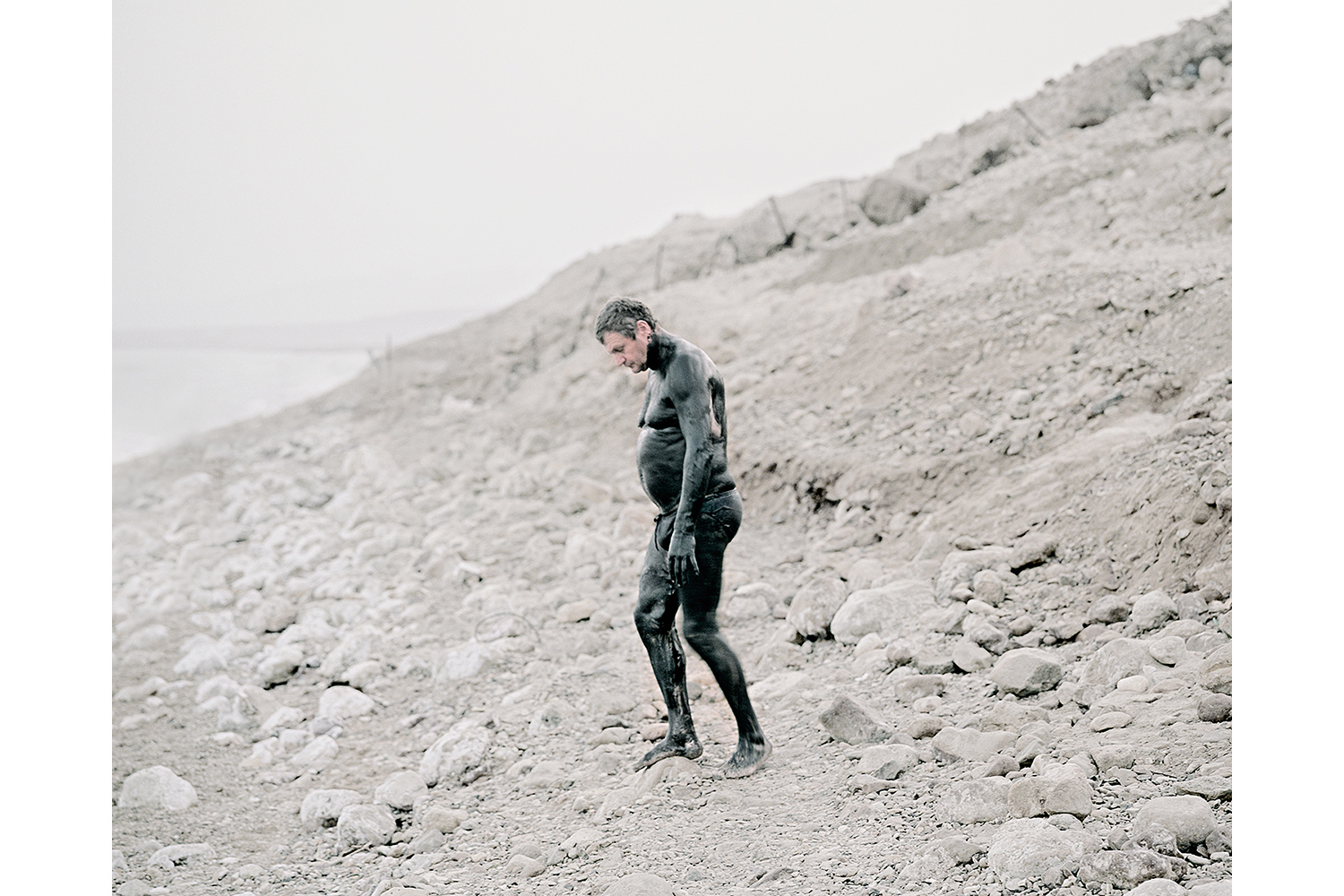
Living and working in New York City, it’s easy to get frustrated with tourists. It’s not just that they stop dead in the middle of busy sidewalks; it’s that few seem interested in seeing the true essence of the place. Most are content with taking in a smattering of the city’s all-but-sanitized attractions, and calling it a day.
“Real” New Yorkers, on the other hand are always on the prowl for the genuine article or experience before it’s discovered and ruined. “Didn’t you hear? Cronuts are the new cupcakes. Edison bulbs are the new LEDs. Local is the new global.”
The deeper truth, of course, is that in our own lives, we’re all tourists; we’re only passing through, existing at a distance from most everything — as the photographers in this gallery work at a distance from their subjects.
In recognition of World Tourism Day, Lightbox offers a series of photographs that, while distinct in intent and subject matter, manage to illustrate this paradoxical notion of what could be termed our shared separateness. Whether we identify with the outdoorsman dwarfed by a vast landscape (slide 10), the explorer confronted by the inscrutable pyramids (slide 6) or the museumgoer seeking answers or solace in works of art (slide 13), we recognize in these pictures our own, and others’, isolation.
Our efforts at creating an “authentic” record of our experiences, meanwhile — both at home and abroad — only confirm this sense of passing through. Even as we pursue the world with a camera, it withdraws from us.
Garry Winogrand spent a lifetime photographing people up close on the street, and summed up what he’d learned with the stark observation that photos “have no narrative content. They only describe light on surface.”
Critic Susan Sontag gave photography more credit — but not much. “A way of certifying experience,” she wrote, “taking photographs is also a way of refusing it—by limiting experience to a search for the photogenic, by converting experience into an image, a souvenir.”
It might be time to retire that “DON’T HASSLE ME, I’M LOCAL” t-shirt. In the grand scheme of things, we’re all more similar to those who stop dead in the middle of busy sidewalks than we like to admit.
Myles Little is an associate photo editor at TIME.
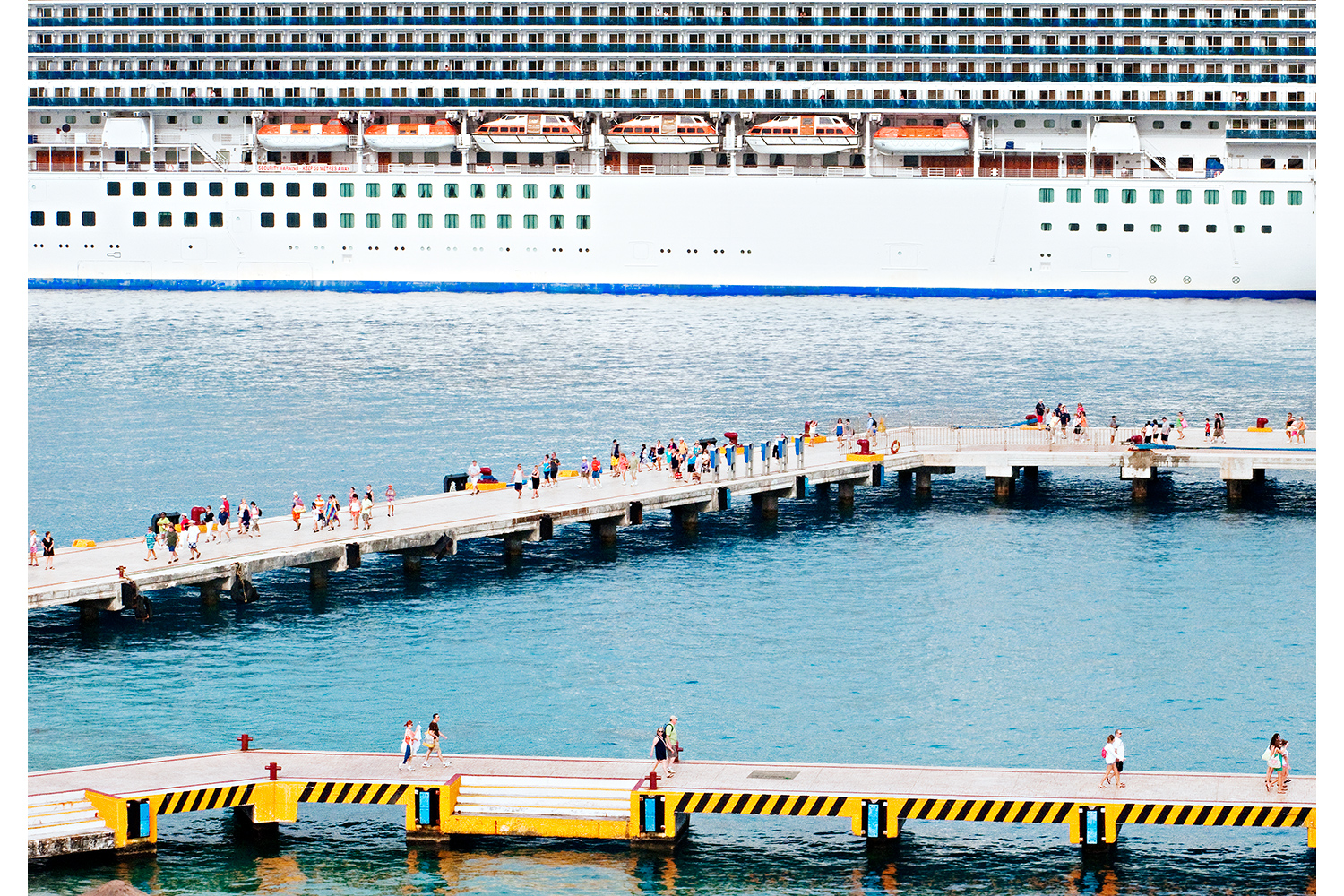
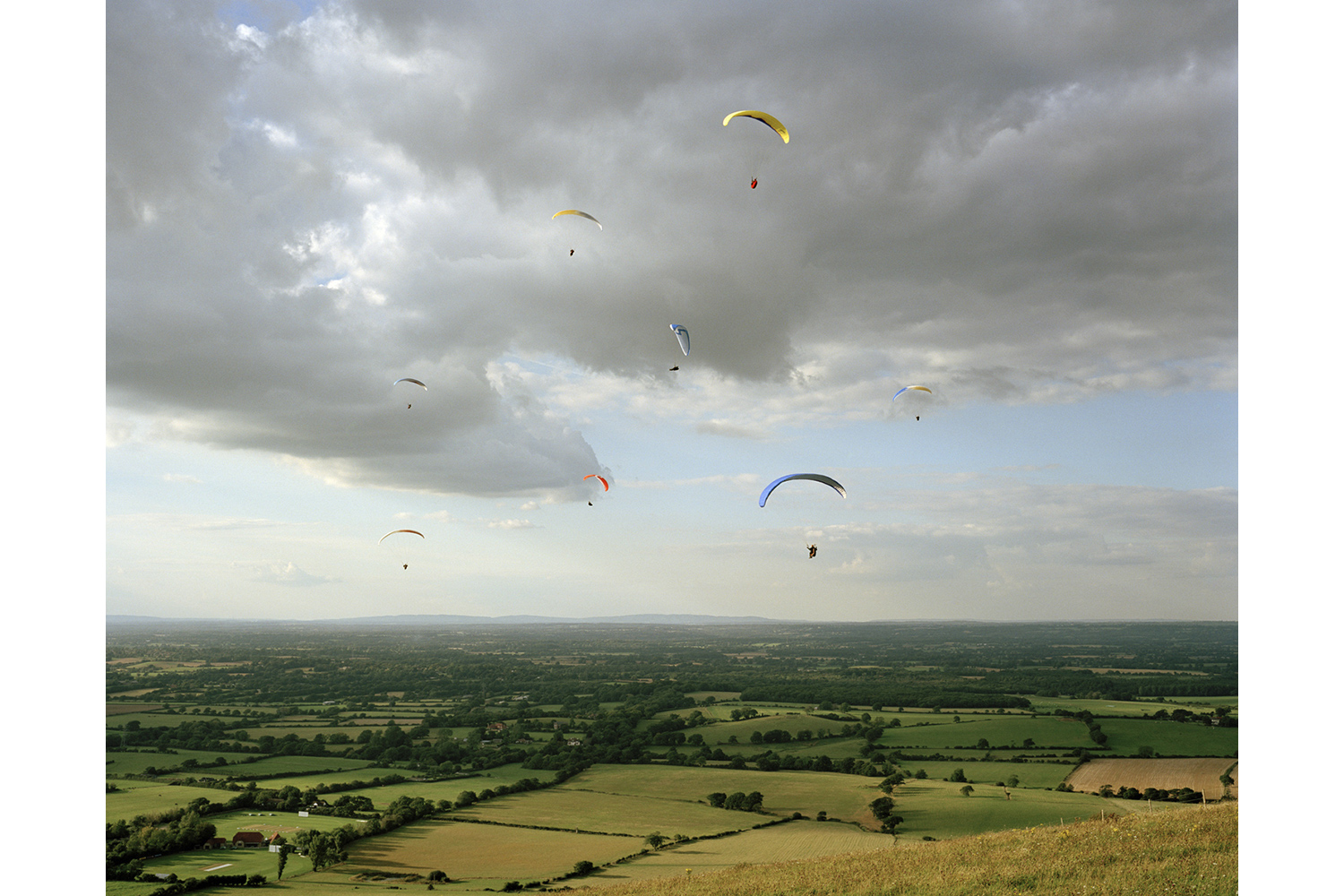
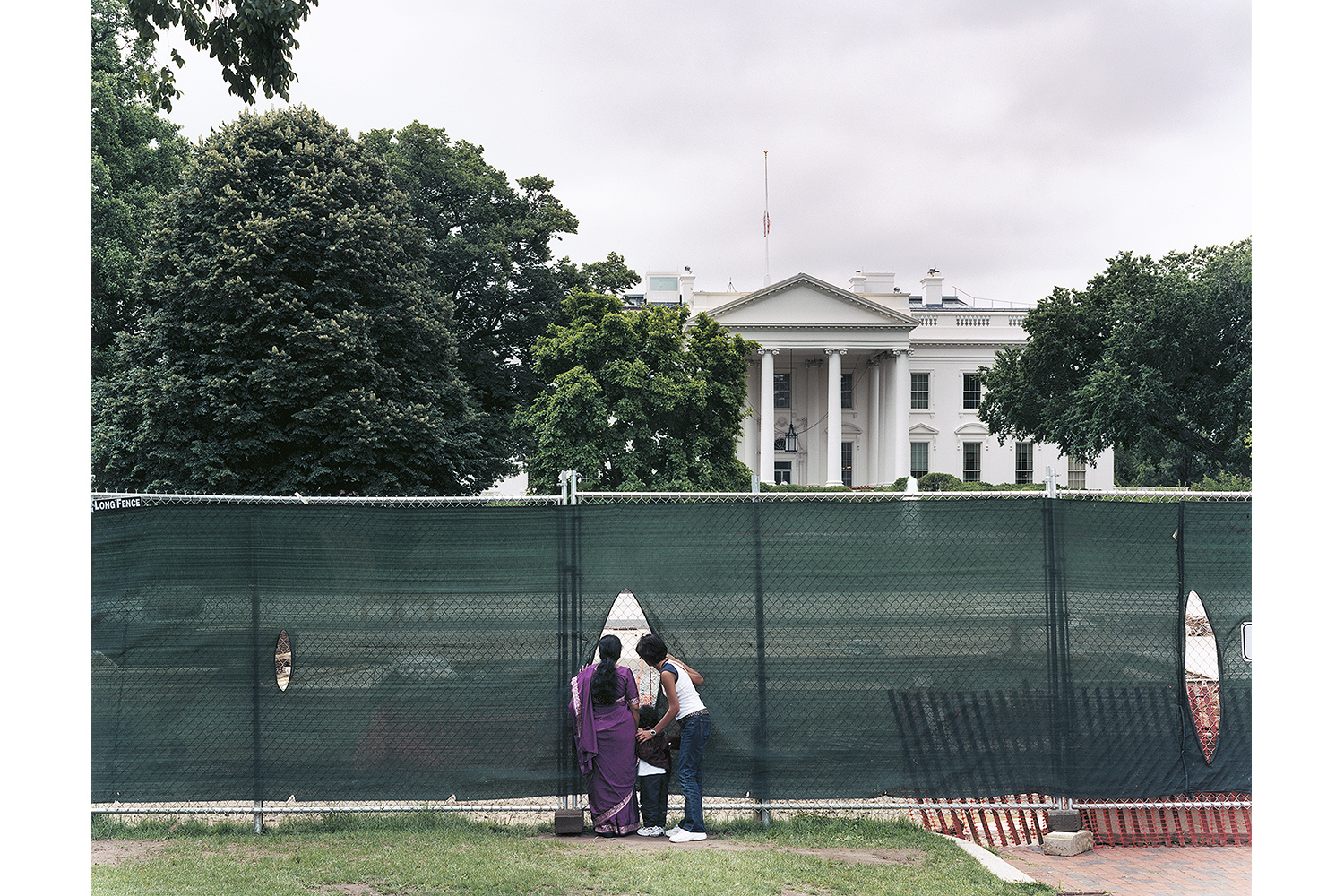
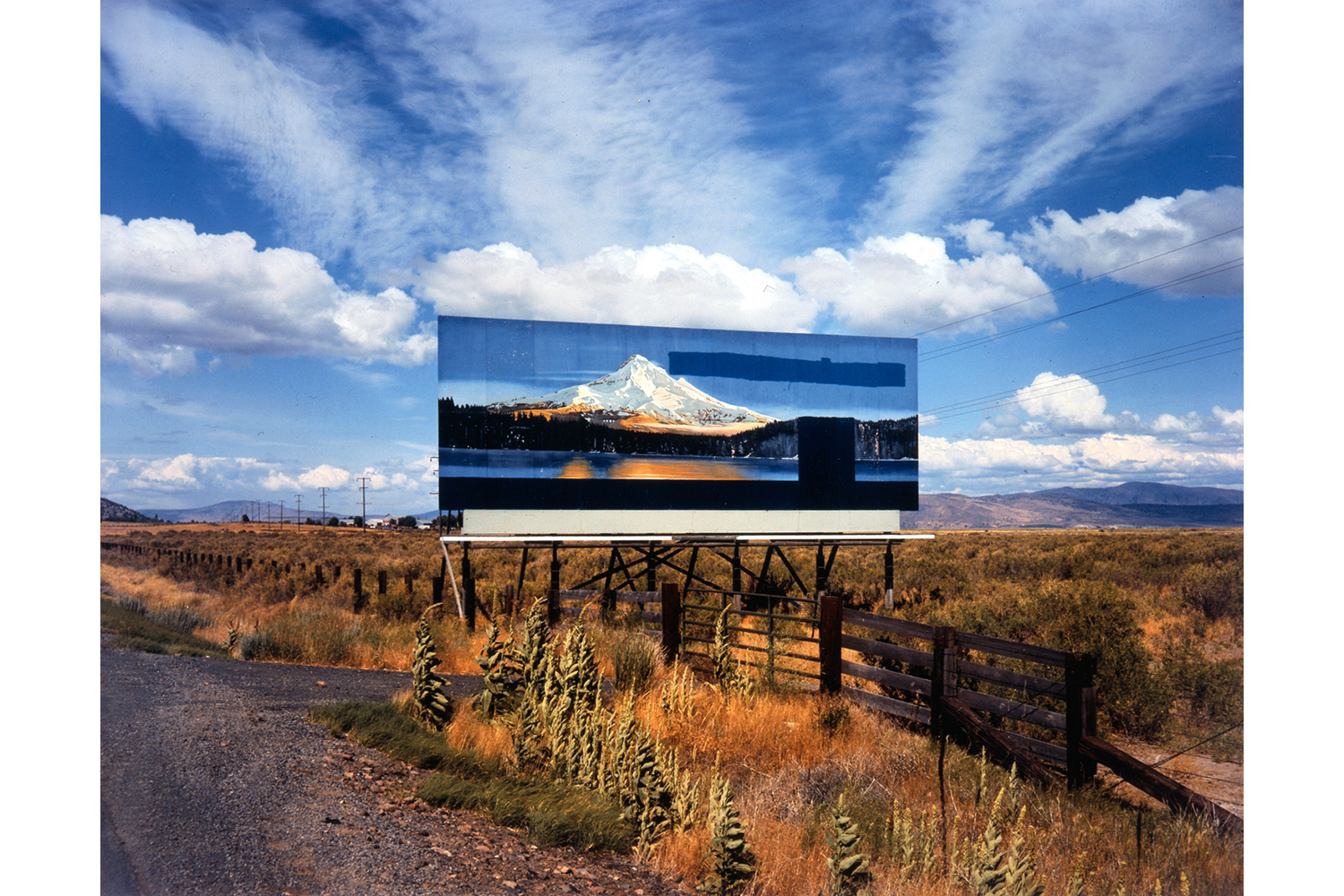
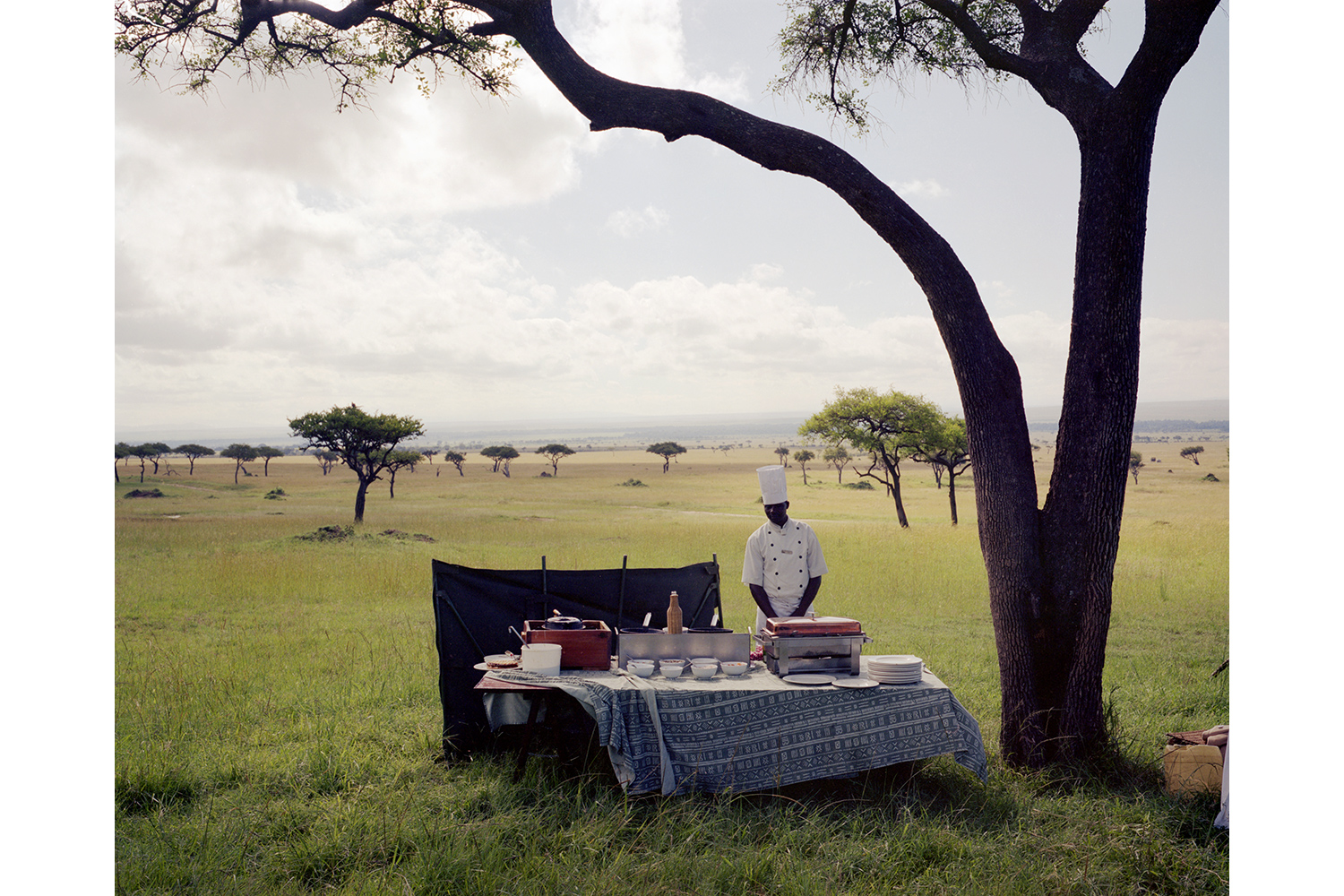
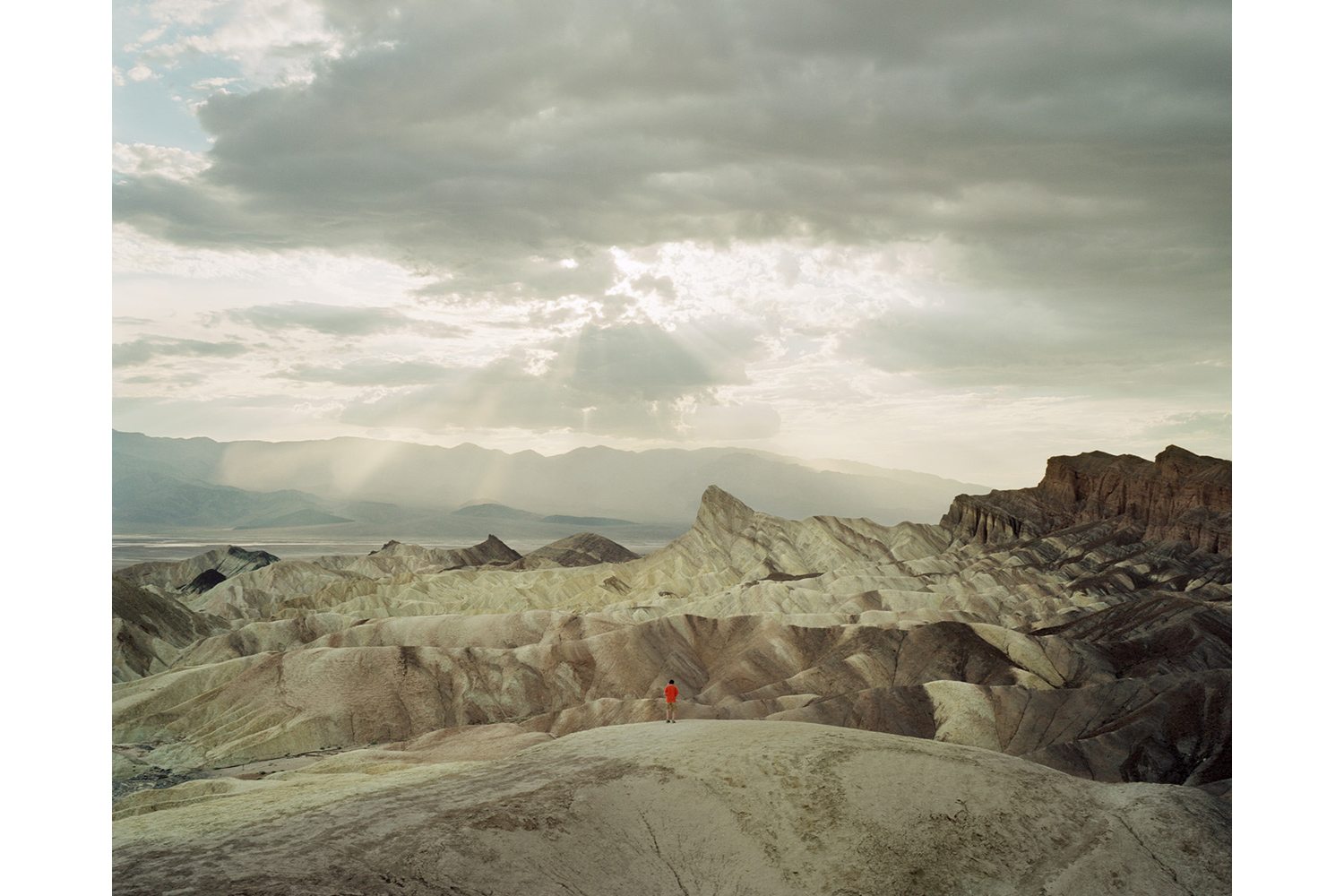
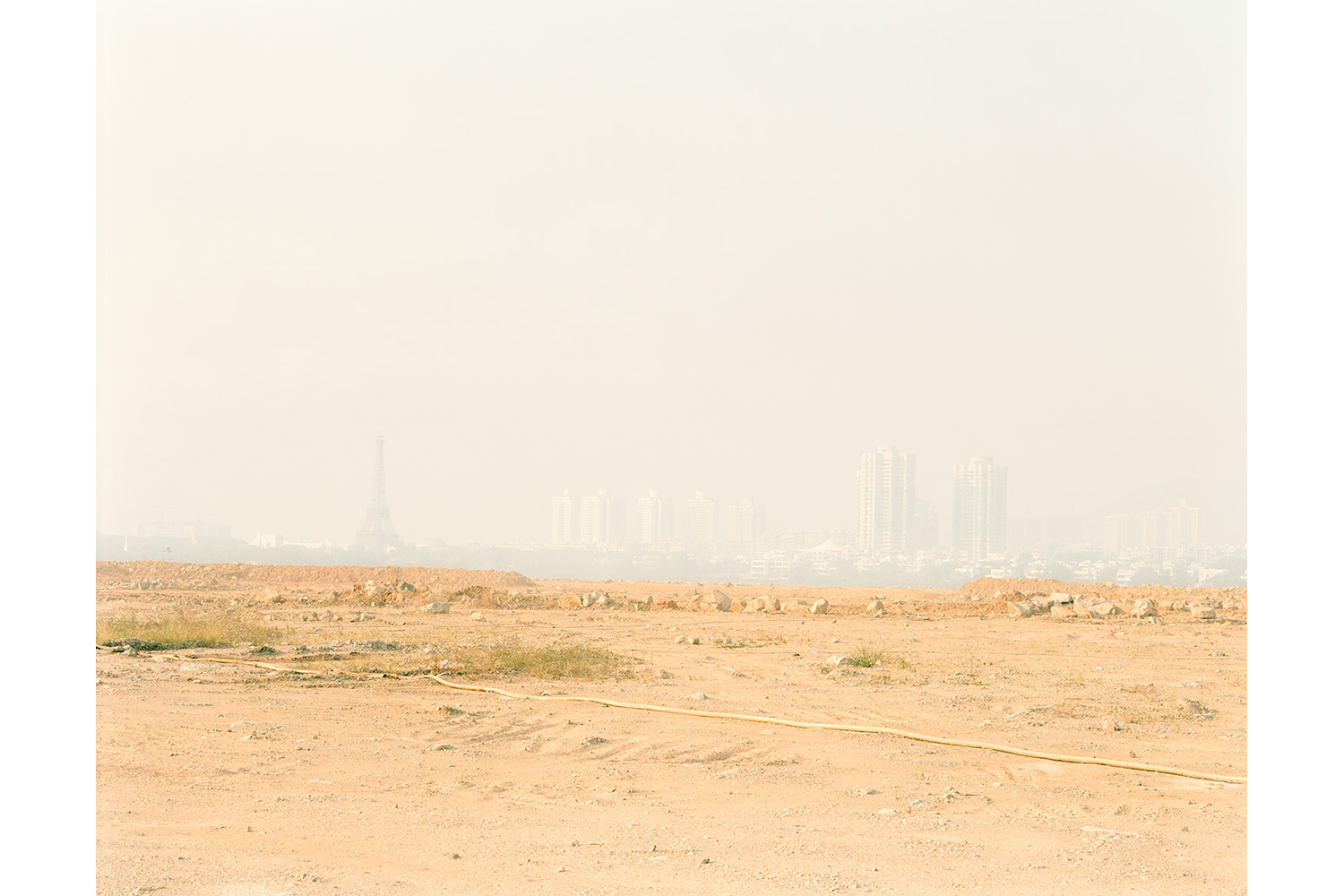
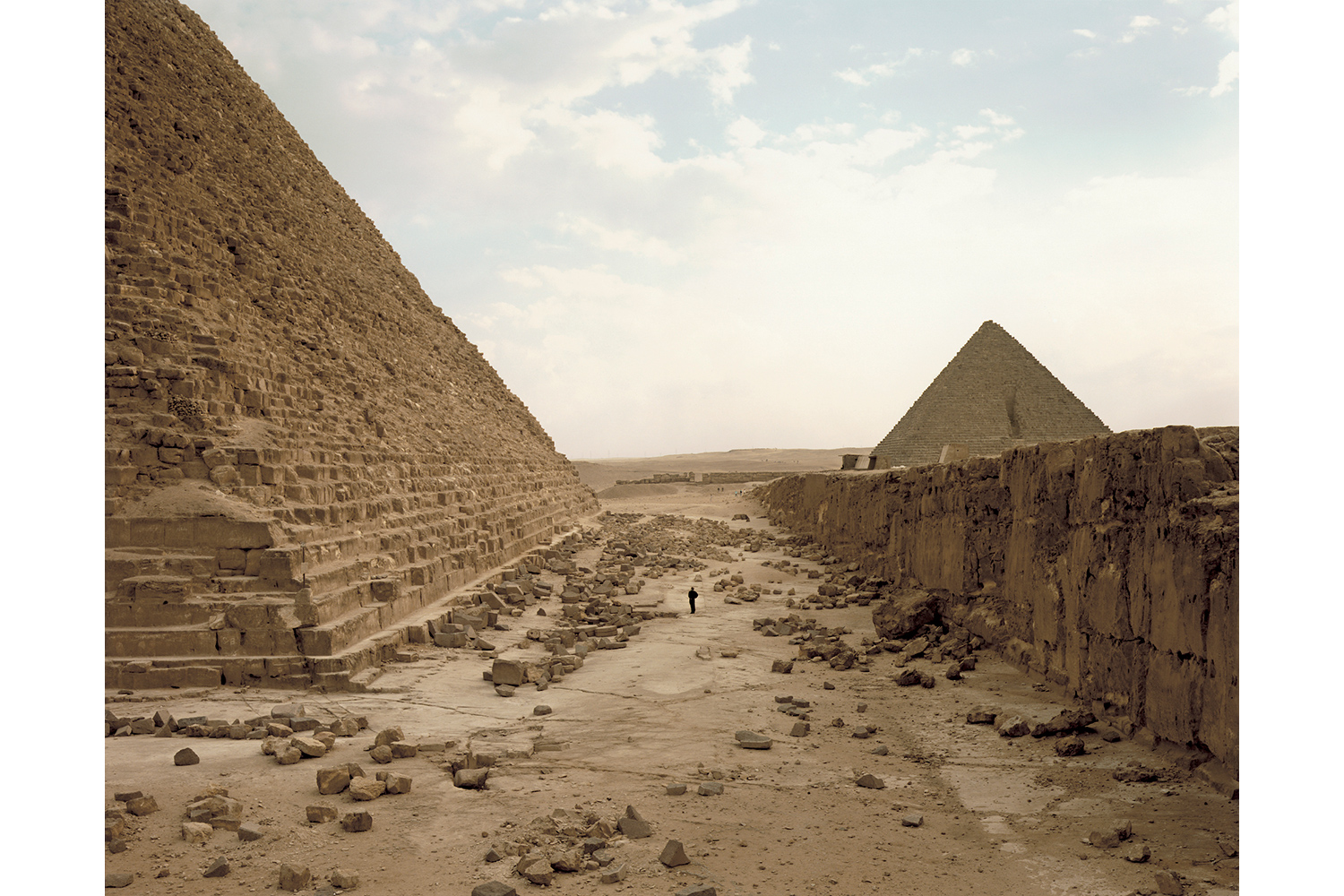
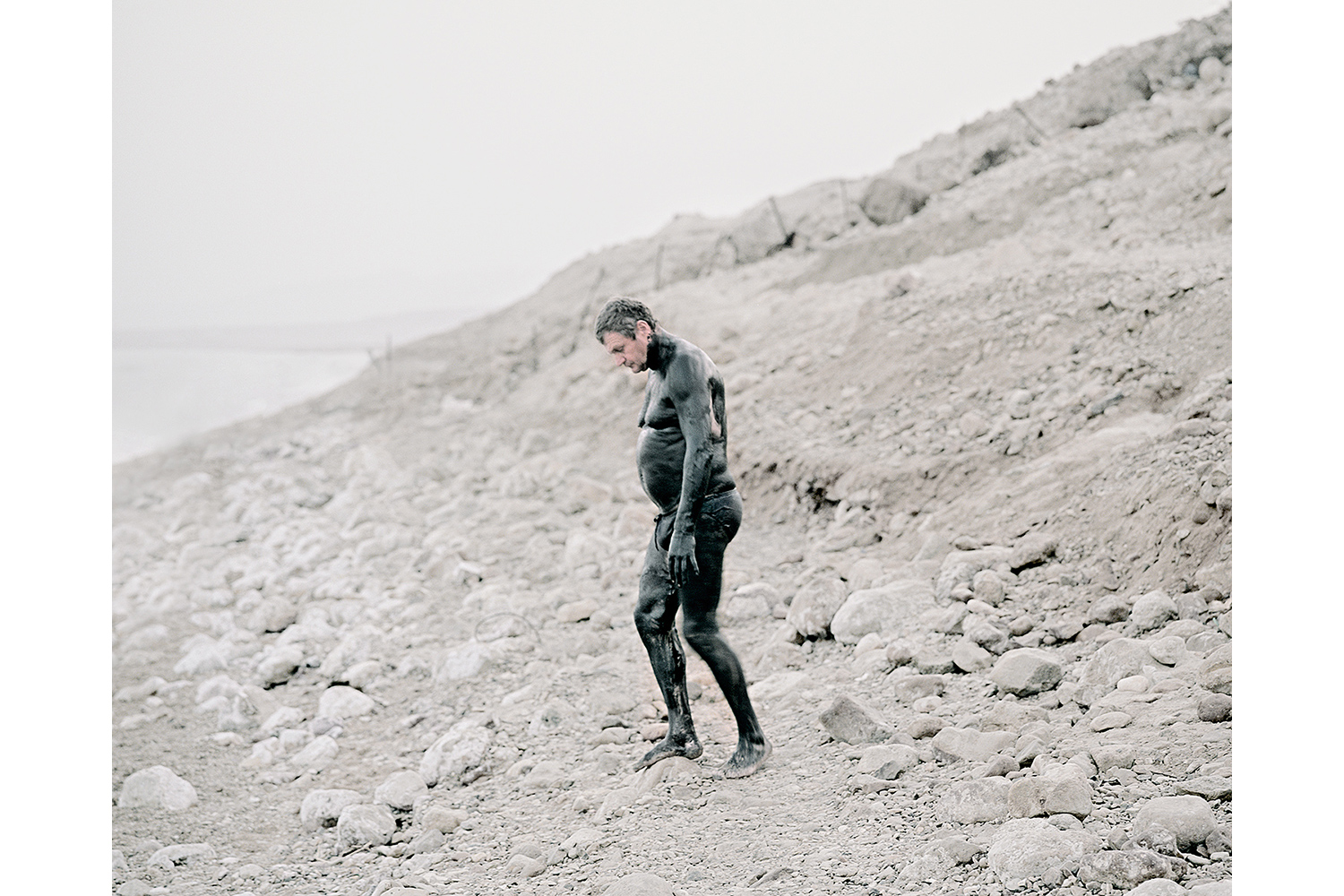
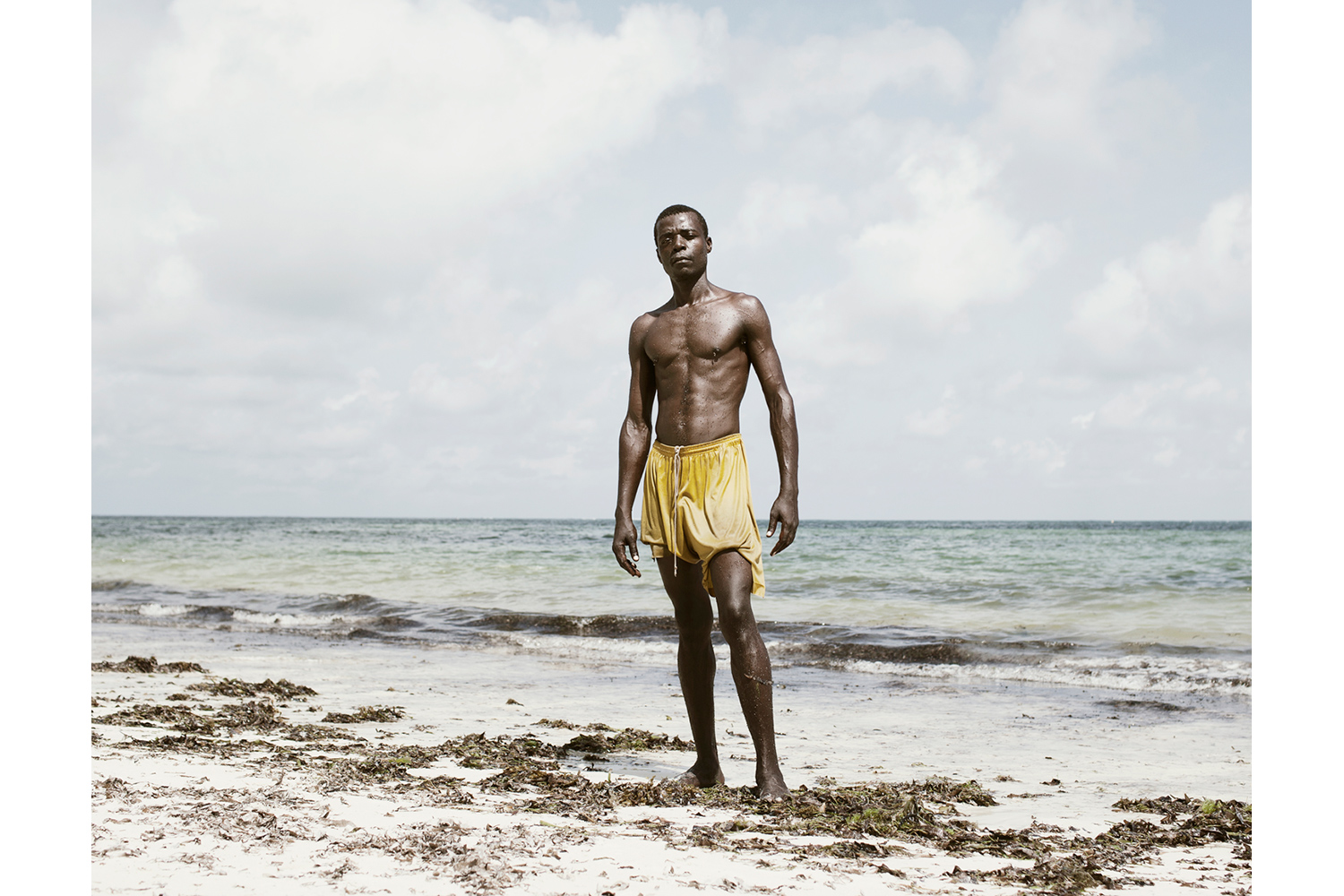
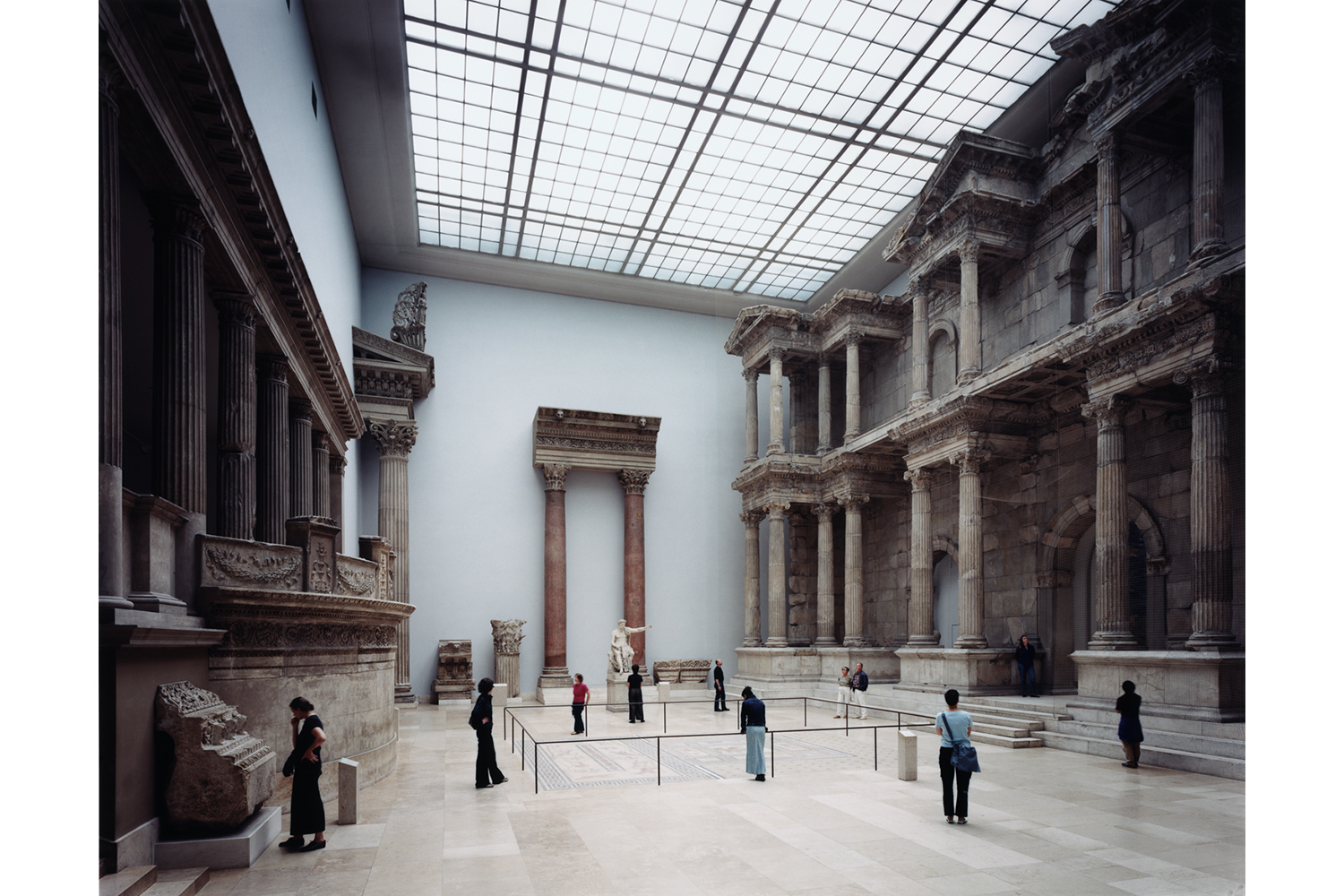
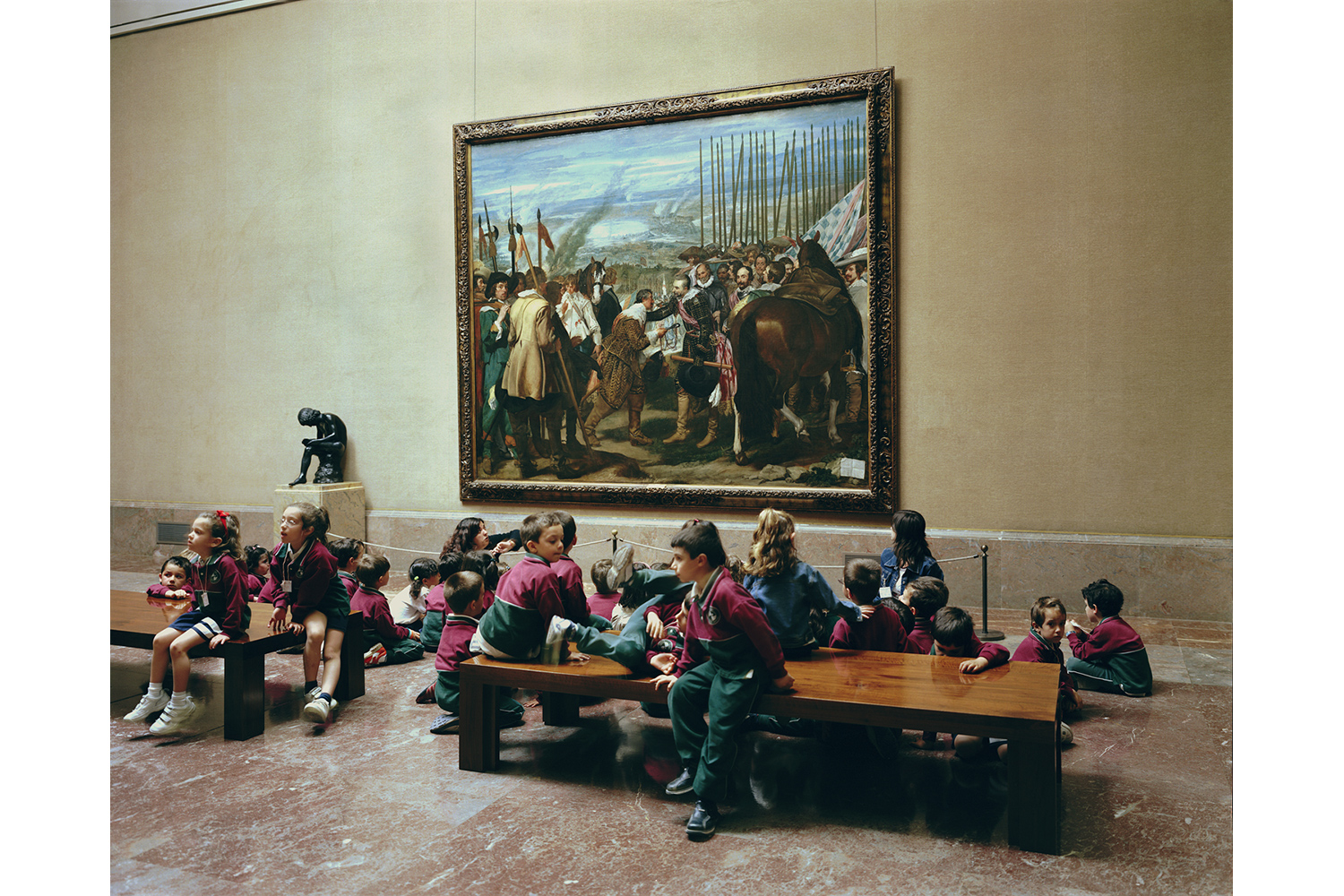
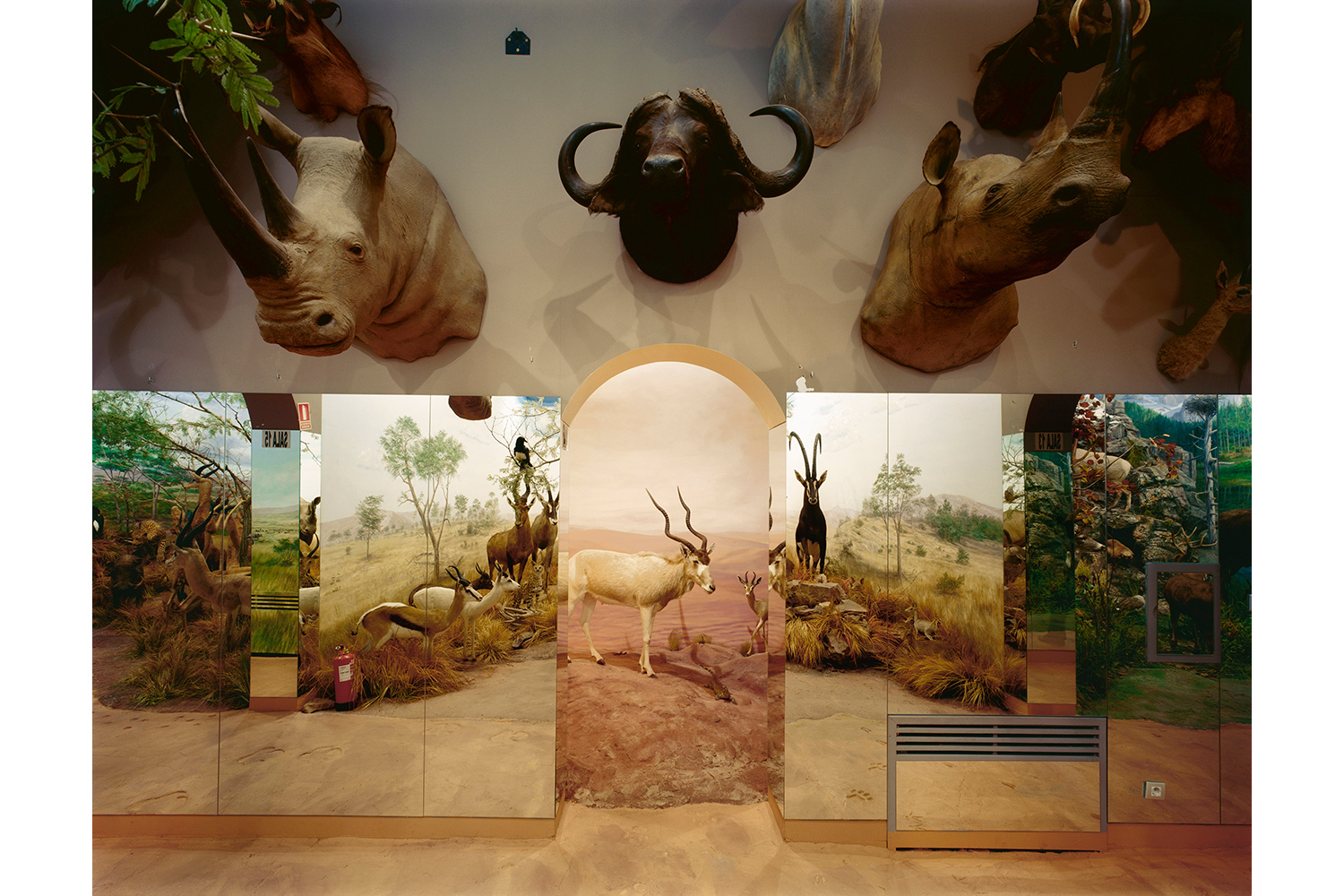
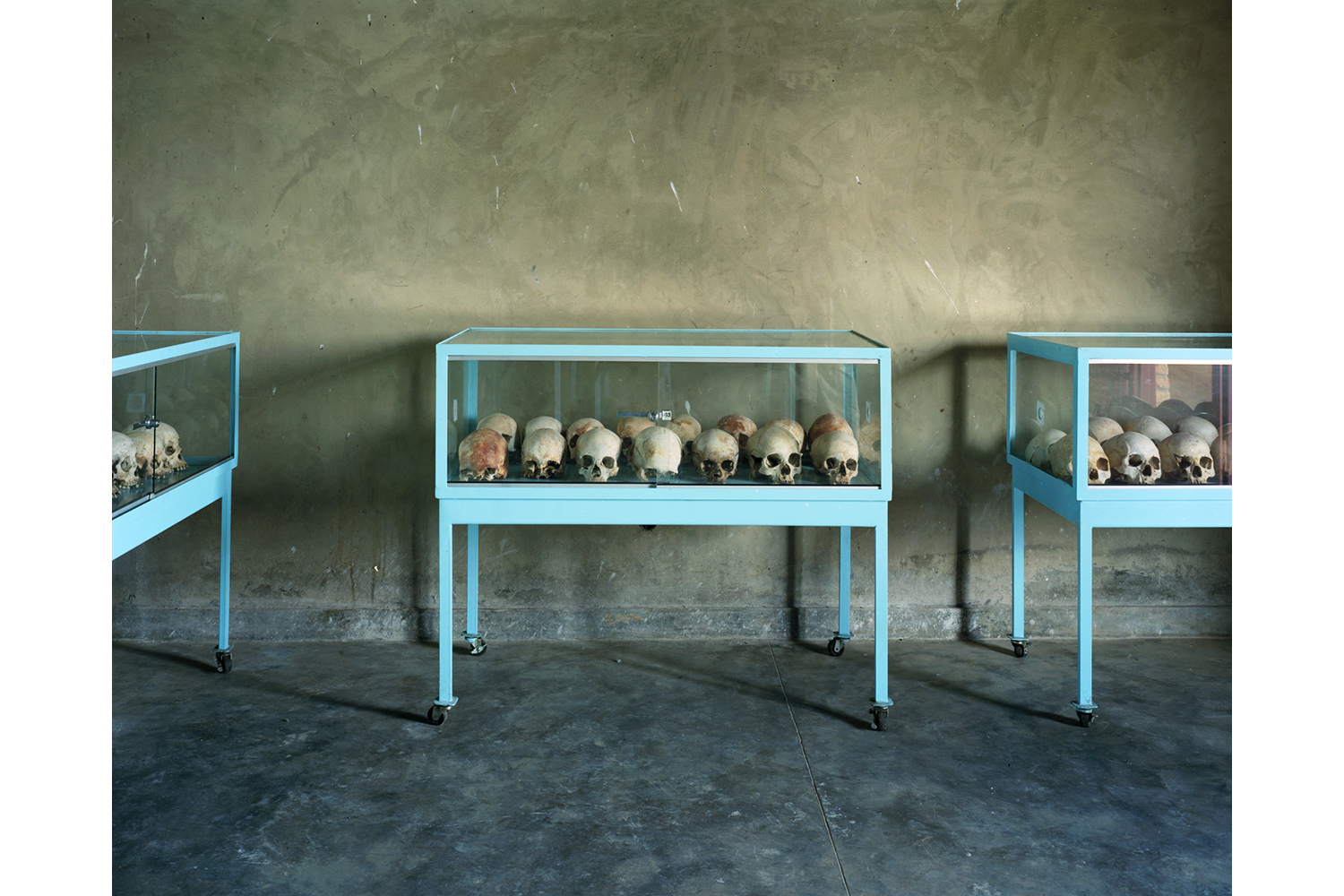
More Must-Reads From TIME
- The 100 Most Influential People of 2024
- Coco Gauff Is Playing for Herself Now
- Scenes From Pro-Palestinian Encampments Across U.S. Universities
- 6 Compliments That Land Every Time
- If You're Dating Right Now , You're Brave: Column
- The AI That Could Heal a Divided Internet
- Fallout Is a Brilliant Model for the Future of Video Game Adaptations
- Want Weekly Recs on What to Watch, Read, and More? Sign Up for Worth Your Time
Contact us at letters@time.com